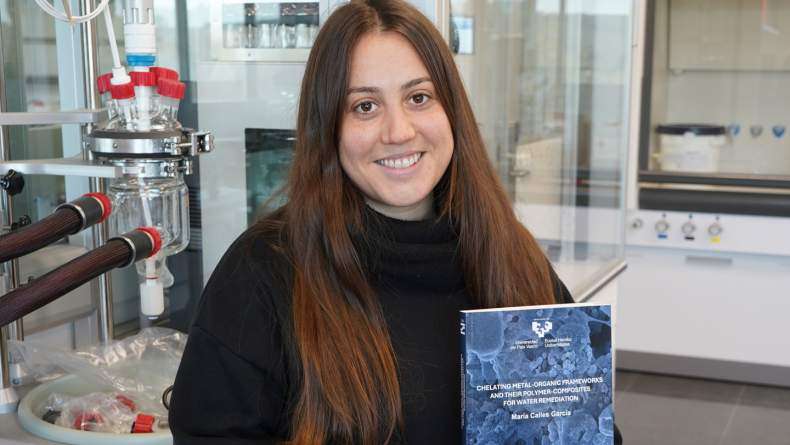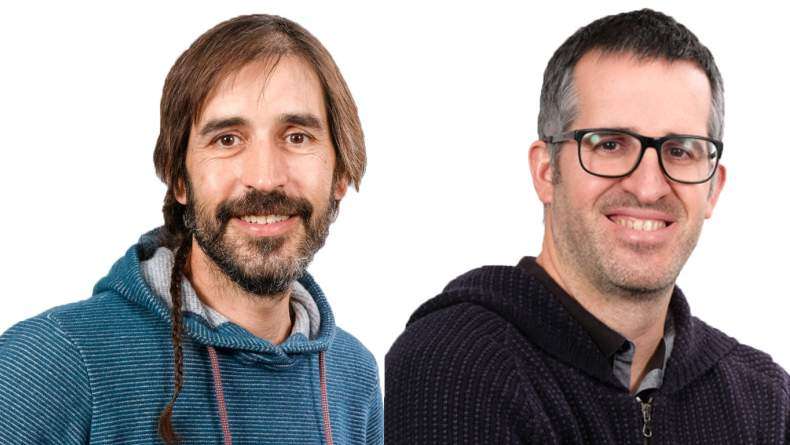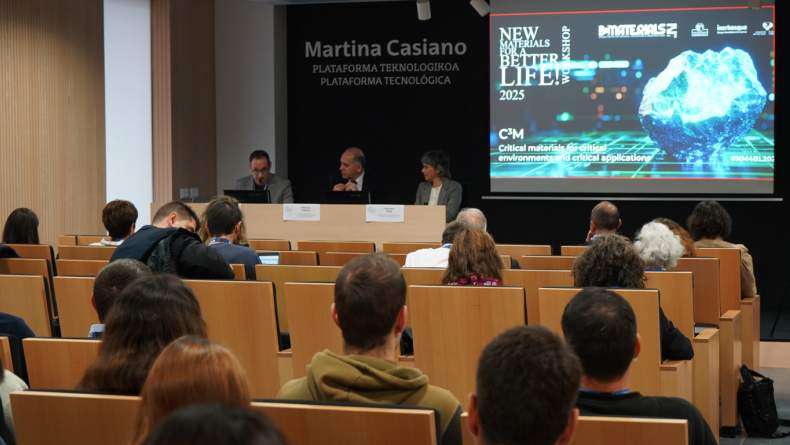BCMaterials Fortnightly Seminar #95

ANDER REIZABAL
(BCMATERIALS)
New Challenges for Silk Fibroin
Silk Fibroin, the principal component of Silk cocoons has been widely used like textile material through thousands of years. In the last time, its advanced mechanical, optical and thermal properties had lent the Fibroin like one of the most interesting natural polymers for the becoming green future. Thanks to his processing facility, Silk Fibroin has been processed in a long variety of morphologies, i.e., films, microspheres, fibres, oriented fibres, scaffolds and hydrogels. Nevertheless, the low knowledge about its molecular structure hinder the ability to control it properties. In this talk we will try to give the actual knowledge of silk fibroin in order to search new ideas and tips to improve this knowledge lack.JOSÉ MARÍA PORRO
(BCMATERIALS)
Thermally and field-driven mobility of emergent magnetic charges in square artificial spin-ice
Artificial spin ices are arrays of nanomagnetic islands that are single domain and are arranged in such a way that they are geometrically frustrated [1]. Here we focus on the square geometry where each vertex has four nanomagnets whose moments can point either into or out of the vertex. Their lowest energy arrangement consists of two-in and two-out, obeys the so-called ‘ice-rule’, and can be induced via appropriate thermal protocols [2]. It is possible to construct an ordered state by tiling such vertices, above which it is possible to have ice-rule-violating excitations known as emergent magnetic monopoles. These emergent excitations can be manipulated with magnetic field, as has previously been shown [3]. We have employed an advanced magnetic microscopy technique, X-ray transmission microscopy (XTM) at the 6.1.2 beamline of the Advanced Light Synchrotron of the Lawrence Berkeley National Lab, combined with an on-membrane heater and thermometer in order to further explore their behaviour with varied temperature [4]. We observe a regime in which the average monopole drift velocity is linear in field above a critical field for the onset of motion. By analogy with electrical charge drift motion, we define and measure a monopole mobility that is larger both for higher temperatures and stronger interactions between nanomagnets. We describe the behaviour of the critical field with temperature by introducing an interaction term into the Bean-Livingstone model of field-assisted barrier hopping [5]. The mobility in this linear regime is described by a creep model of zero-dimensional charges moving within a network of quasi-one-dimensional objects [6].
[1] R.F. Wang et al., Nature 439, 303 (2006) [2] J.M. Porro et al., New J. Phys. 15, 055012 (2013) [3] E. Mengotti et al., Nat. Phys. 7, 68 (2011) [4] S.A. Morley et al., Proc. SPIE 9551, 9551-Q12 (2015) [5] C.P. Bean & J.D. Livingstone, J. Appl. Phys. 30, S120 (1959) [6] S.A. Morley, J.M. Porro et al., Submitted to Nat. Comms.Related news
María Calles, New Doctor of BCMaterials
We would like to congratulate María Calles García for obtaining her PhDs in Materials Science and Technology from the UPV/EHU. On December 4 made a brilliant defense of her thesis titled ‘Chelating…Invited Talk with Barcelona Microelectronics Institute’s researchers (December 3)
On December 3 at 12:00 PM, in the Martina Casiano Auditorium in Leioa, BCMaterials will host senior researchers Antón Guimerà and Xavier Illa from the Barcelona Microelectronics Institute (IMB-CNM,…Invited Talk by Liu Yao on Lithium-Metal Batteries (December 2)
Next Monday, December 2, Liu Yao, professor at the Shanghai Institute of Applied Physics, will give an invited lecture at BCMaterials entitled ‘Li-Metal Batteries: From Liquid to Solid-State’. The…Success of BCMaterials’ Annual Workshop on Critical Materials
The 2025 edition of BCMaterials’ annual workshop gathered nearly one hundred participants on November 19 in Leioa to review the latest advances and discuss critical materials, their applications, and…



